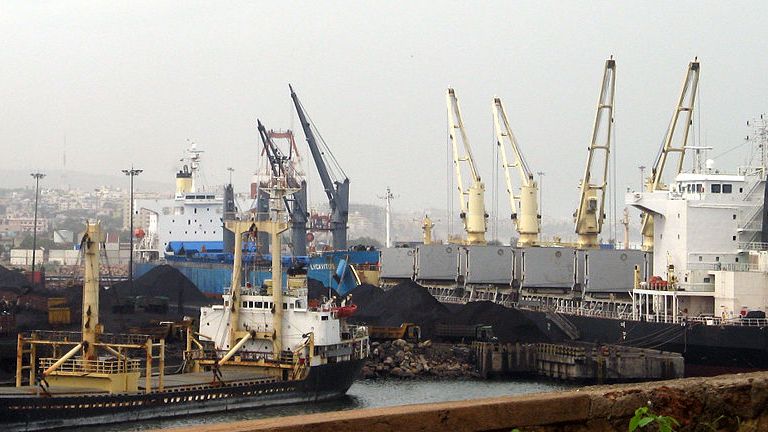McKinsey: India's Coastwise Shipping Will Grow Rapidly

Consultants McKinsey & Co. and AECOM have completed a study for the Indian Ministry of Shipping regarding the nation's maritime freight traffic, and have concluded that optimization – primarily boosting coastal shipping and speeding up container exports – could lead to cost savings in the billions.
Further, the study estimates 20 percent annual growth in coastwise bulk freight traffic through 2025 - an increase from 150-250 million tons per year today to 750 million tons per year by the end of that period. The consultants also expect container volume at Indian ports to double, to 21 million TEU by 2025. If government initiatives like the Make in India program are successful, that volume could be as much as 25 million TEU, McKinsey said.
To facilitate growth of coastwise shipping, the firms recommended consolidation in the sector, dedicated port capacity for coastal bulkers, a transshipment port at the southern tip of the subcontinent, and improved bunkering and shipyard facilities.
In related news, on Tuesday, Indian media reported that Finance Minister Arun Jaitley may propose four new major ports in the government's 2016-17 budget, at an estimated cost of $4.7 billion.
The new major ports would be at Dahanu, Maharashtra; Colachel, Tamil Nadu; Sagar, West Bengal; and Dugarajapatnam, Andhra Pradesh, media suggest.
Shipping Minister Nitin Gadkari had promised in January that tenders for a slightly different list of three ports would be issued by March. Minister Gadkari's list differed in the substitution of Wadhwan instead of Dahanu, Maharashtra, and the omission of Dugarajapatnam.
The expected budget proposal would match with McKinsey's recommendation for increased capacities in Maharashtra, Andra Pradesh, and West Bengal.
Adani Ports' Vizhinjam project, a deepwater transshipment port development located on the southwestern tip of India, is already under construction, and would be roughly 25 nm from a port in Colachel.
Much of India's container volume goes by feeder vessel to foreign deepwater ports, then to its final destination via transshipment. At present, limited capacity on the mainland prevents modern ULCVs from calling at most Indian ports.
